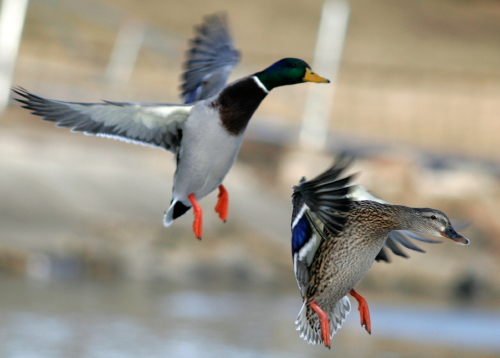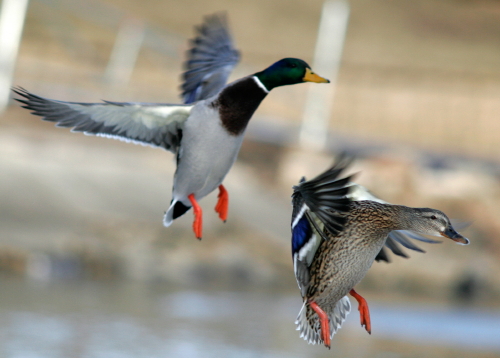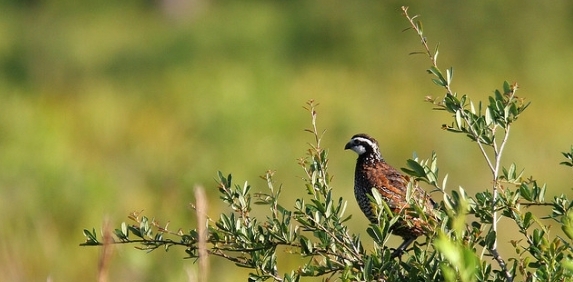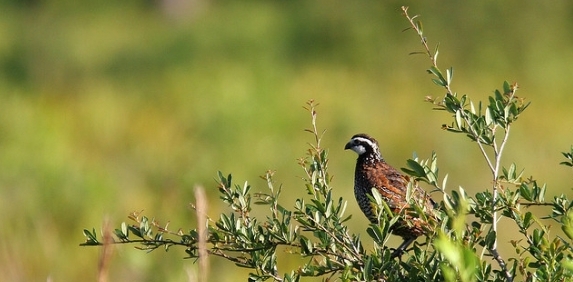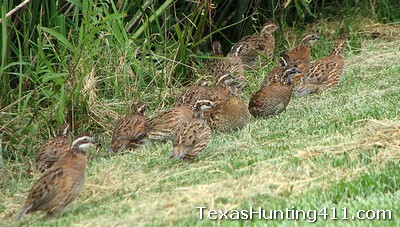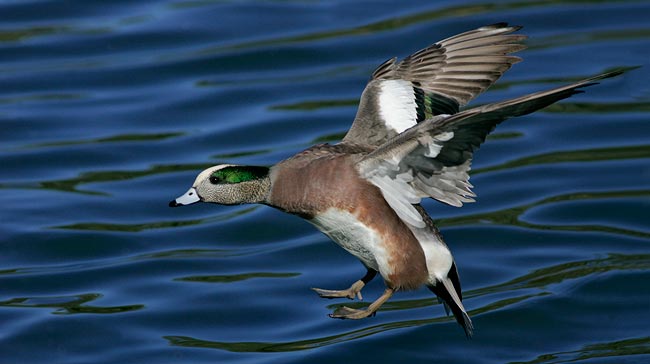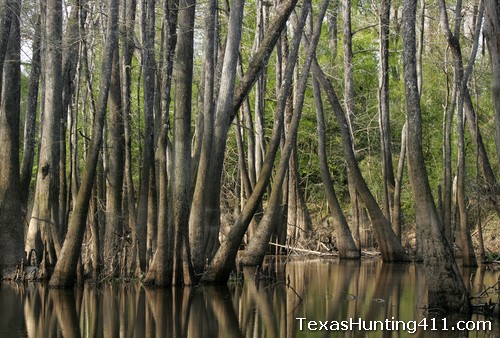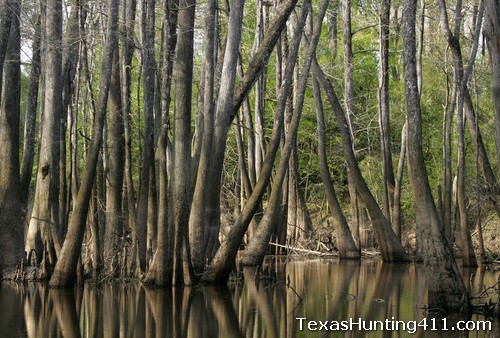Fire is natural process that scares most people, but fire also played an important role in shaping much of the grassland and forested wildlife habitats found throughout the country. Since fire is an important natural process, biologist and land managers recognize that not fire is bad, especially prescribed fire. Once termed prescribed burns, most planned burns are now referred to as prescribed fire. This wildlife management practice has many benefits though, regardless of what you call it.
Sometimes the vegetation that makes up a particular species’ habitat requires a prescribed, managed fire, not a wildfire, to come along at the right place, at the right time, and in a controlled manner. This is prescribed fire. But it’s not just about starting a fire. The habitat management objectives of the fire must first be determined, and the specific conditions under which the fire should be carry out. It is only after the fire plan has been established that a fire prescription for conducting the fire has been developed.
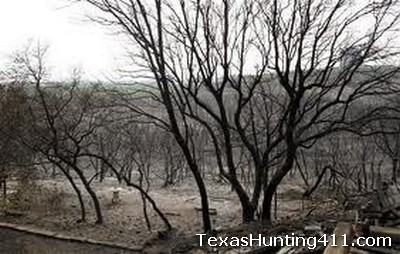
Prescribed fires have different uses depending on the management objectives. Prescribed burning is most often used to reduce fuels such as pine needles, leaves and herbeceous vegetation such as grass and weeds. These fine fuels typically build up quickly, but they also burn quickly. Prescribed fire is also important for individual game and non-game wildlife species. Fire can be used to effectively manage white-tailed deer and bobwhite quail habitat when used every three to seven years.
Fire behavior is closely very related to local weather variables that determine how a fire will burn. Air temperature, relative humidity, and wind have the greatest impact on fire behavior. Warmer temperatures make for more volatile fires. Low humidity also makes for hotter, more volatile fires. The wildlife and habitat management objectives must be taken in to account when determining the conditions under which the fire will be conducted.
In short, prescribed fire has many benefits that impact both plant and animal species. The habitat management goals must be determined first, then a prescribed fire plan must be developed. Prescriptions should be created that identify the weather conditions necessary to conduct the fire safely while also meeting the habitat management objectives. Proper preparation is the bulk of the work when getting ready for a burn. Land owners interested in songbird, quail, turkey and whitetail deer habitat improvement should consider prescribed fire as a wildlife management practice.
